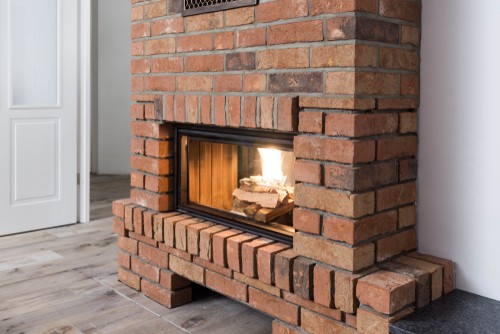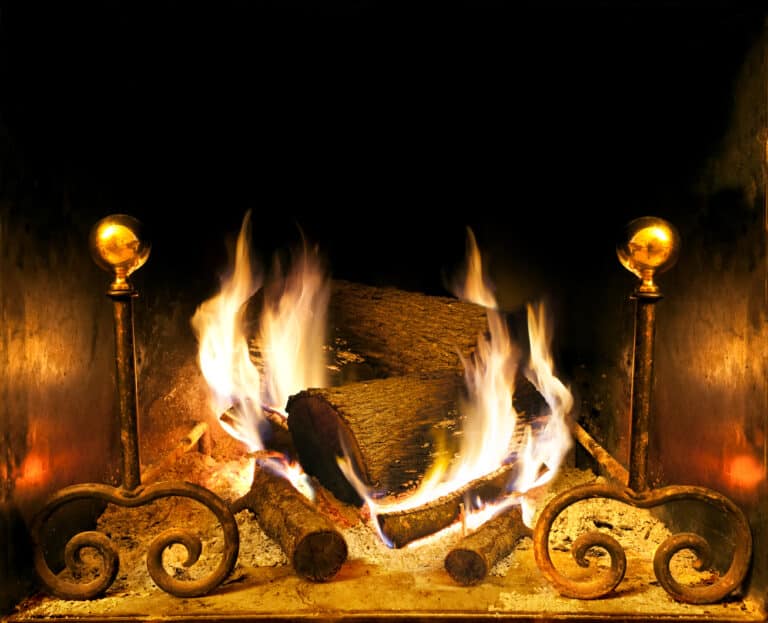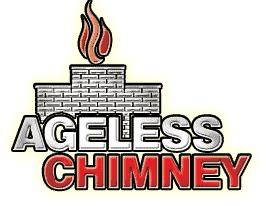Chimney Repair in Stuyvesant Square, NY.
What our clients say




View our work
Browse all Services
contact us
Masonry Matters: 5 Signs You Need to Contact a Stuyvesant Square, NY Chimney Repair Company to Restore Your Chimney's Masonry

Quality Chimney Masonry Repair Services in New York County
Ageless Chimney is your trusted partner for chimney repair in Stuyvesant Square, NY. We offer comprehensive chimney repair services in New York County, including masonry repair. Our team of professionally trained, fully certified, and highly skilled masons specializes in restoring chimneys, and take great pride in delivering top-quality craftsmanship to our clients.
Whether you need minor repairs or a complete chimney restoration, Ageless Chimney has the expertise you can count on to handle all of your needs. To find out how we can restore your chimney to its former glory, don’t hesitate to call us at 516-795-1313.
Owner Operated
Because all jobs are handled by an owner, you can rest assured that your project will command the attention it deserves.
Free Estimates
Great service at the best price. We will not be undersold. Our estimates are FREE and we will beat any written estimate.
24-Hour Emergency Service
Ageless Chimney is one of a few chimney companies to offer TRUE 24-hour emergency service should you need it.

5 Signs You Need to Contact a Stuyvesant Square, NY Chimney Repair Company to Restore Your Chimney’s Masonry
If you’re experiencing issues with your chimney’s masonry, it’s crucial to address them promptly to ensure the safety, functionality, and aesthetic appeal of your chimney system. The team of skilled professionals at Ageless Chimney specializes in chimney repair services in Stuyvesant Square, NY, including masonry repair. Our expert masons provide comprehensive solutions that will restore the integrity and beauty of your chimney. With nearly 20 years of experience and a commitment to customer satisfaction, you can count on us to handle all of your chimney repair needs.
If you’re experiencing any of the following issues with your chimney’s masonry work, don’t delay; contact Ageless Chimney right away.
- Cracked or Damaged Masonry: If you notice cracks, chips, or any form of damage on your chimney’s masonry, it’s a clear sign that repair is necessary. Crumbling mortar or loose bricks can compromise the structural integrity of your chimney, leading to safety hazards. Our experienced technicians will assess the damage and provide the appropriate repairs to restore your chimney’s stability.
- Leaks or Water Damage: Water intrusion can cause significant damage to your chimney – and your New York County home. Stains on the ceiling or walls near the chimney, mold growth, or a damp smell in your home indicate water penetration. Our chimney repair professionals will identify the source of the leak, repair any damaged components, and ensure proper waterproofing to prevent future issues.
- Poor Draft or Smoke Backflow: If you’re experiencing difficulties with smoke properly venting from your fireplace or stove, it may be due to a chimney blockage or draft problem. A malfunctioning chimney can lead to smoke backflow, which can be hazardous to your health. The experts at Ageless Chimney will inspect your chimney, clean any obstructions, and restore the proper draft for efficient ventilation.
- Damaged Chimney Crown: The chimney crown acts as a protective barrier against water and external elements. Cracked or deteriorated chimney crowns can allow water to seep into the chimney structure, causing extensive damage. Our skilled technicians will repair or replace the chimney crown, ensuring optimal protection for your chimney.

For Expert Masonry Repair, Contact New York County’s Premier Chimney Repair Experts
When it comes to chimney repair services in Stuyvesant Square, NY, Ageless Chimney is the reliable choice. Our dedicated team is committed to delivering exceptional craftsmanship and outstanding customer service. With our comprehensive chimney repair solutions, you can count on us to restore your chimney’s masonry, ensuring its functionality and longevity. For top-quality chimney repair services call us today at 516-795-1313. Let the pros at Ageless Chimney help you restore the integrity and beauty of your chimney.
Have a question?
In 1836, Peter Gerard Stuyvesant (1778-1847) – the great-great-grandson of Peter Stuyvesant – and his wife Helen (or Helena) Rutherfurd reserved four acres of the Stuyvesant farm and sold it for a token five dollars to the City of New York as a public park, originally to be called Holland Square, with the proviso that the City of New York build a fence around it. As time passed, however, no fence was constructed, and in 1839, Stuyvesant’s family sued the City to cause it to enclose the land. Not until 1847 did the City begin to improve the park by erecting the magnificent, 2800 foot long cast-iron fence, which still stands as the oldest cast-iron fence in New York City. (The oldest fence in New York is that around Bowling Green.) In 1850 two fountains completed the landscaping, and the park was formally opened to the public. The public space joined St. John’s Square (no longer extant), the recently formed Washington Square and the private Gramercy Park as residential squares around which it was expected New York’s better neighborhoods would be built.
In the early 1900s, Stuyvesant Square was among the city’s most fashionable addresses. The Stuyvesant Building, at 17 Livingston Place on the eastern edge of the square, was home to the publisher George Putnam, Harper’s Bazaar editor Elizabeth Jordan and Elizabeth Custer, the widow of General George Armstrong Custer.
Part of the iron fence, with St. George’s behind itThe opening of St. George’s Church, located on Rutherford Place and 16th Street (built on land obtained from Peter Stuyvesant, 1848-1856; burnt down in 1865; remodeled by C.O.Blesch and L. Eidlitz, 1897) and the Friends Meeting House and Seminary (to the southwest) (1861, Charles Bunting) attracted more residents to the area around the park. The earliest existing houses in the district, in the Greek Revival style, date to 1842-43, when the city’s residential development was first moving north of 14th Street, but the major growth in the area occurred in the 1850s. Fashionable houses were still being built as late as 1883, when Richard Morris Hunt’s Sidney Webster House at 245 East 17th Street – now the East End Temple synagogue – was completed, but already German and Irish immigrants, had begun moving into new rowhouses and brownstones in the neighborhood, followed by Jewish, Italian and Slavic immigrants.
Learn more about Stuyvesant Square.Local Resources
Useful links for Stuyvesant Square, NY
- Open a Stuyvesant Square, NY map
- Find the Stuyvesant Square, NY United States Post Office
- Locate nearby Stuyvesant Square, NY pharmacies
- View the current Stuyvesant Square, NY weather report
- Browse a list of Stuyvesant Square, NY public and private schools
- Stuyvesant Square, NY is located in New York county in New York State
Useful Links
Here are some chimney-related links:
